Butoh: New Archive Talk
BUTOH Sunakku—TRU Exhibition (60min)
Guest speakers
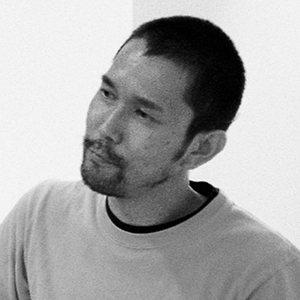
Ryudai Takano
Photographer. Born in 1963. In 2006 he won the Kimura Ihei Award for photography with IN MY ROOM, a collection that visualises the indistinct divisions between men and women, and homo and heterosexuals. With works such as How to Contact a Man, which explores the same themes in a pornographic format, and Kasubaba, which explores urban spaces particular to Japan, he continues to explore unorthodox themes through his photographs. His solo exhibition Daily Photographs 1999-2021 will be held at the National Museum of Art in Osaka this year, from 29 June to 23 September.
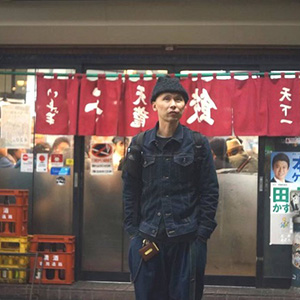
naoto iina
Videographer, director, dramaturg, visual scenographer and producer. Iina is the founder of Dance and Media Japan and International Dance Film Festival. He is also an Associate professor at Tokyo Zokei University and lecturer at Za Koenji Theatre Academy. Recently he has been working on cross-genre works with video, dance and text. He is in charge of direction, composition, filming and editing of the online Butoh program "Re-Butoooh" (NPO Dance Archive Network).
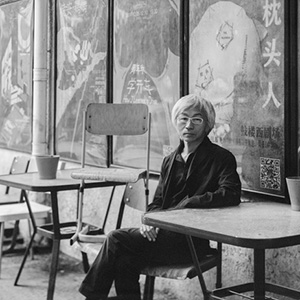 Photo by Zheng Yuanbo
Photo by Zheng Yuanbo
Toshio Mizohata
Joined the Kazuo Ohno Dance Studio in 1983, and became involved as a lighting technician for Kazuo and Yoshito Ohno’s performances both in Japan and abroad. He has produced events organised by the Kazuo Ohno Dance Studio, including Hyakkaryouran (2007) and Antony and the Ohnos (2010). Since 1990, he has been maintaining the Kazuo Ohno archives, and published many books, videos etc. including Kazuo Ohno’s Workshop Words. In 2004 he joined BankART 1929, and organised the Kazuo Ohno Festival. He established the non-profit organisation Dance Archive Network in 2016, which organises “Dance Archive Project” events, of performances inspired by archive materials.
BUTOH Exhibition Dance
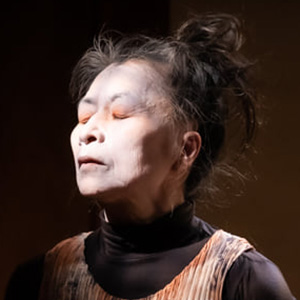
Saga Kobayashi
Born in Mie Prefecture in 1946. She was a part of Tatsumi Hijikata’s Hangi Daitokan from 1969 to 1975, and performed as one of the leads in all Hijikata’s works including Twenty-Seven Nights for the Four Seasons at Art Theatre Shinjuku Bunka and Shizukana Ie (Parts 1 & 2) at the Seibu Theater. She later formed Suisei Club (Comet Club). In 1983 she participated in the Japan Festival at the invitation of Tatsumi Hijikata, and toured six European countries. She began the Butoh AURA series in 1995, exploring the unconscious. In 1998 she formed Kobayashi Saga + NOSURI.
Butoh: New Archive Exhibition
3–15 August 2021
Mon–Fri|14:00-20:00, Sat|13:00-21:00, Sun|11:00-18:00
*Please note that this is an in-person exhibition only. It is NOT an online event.BUoY (49-11, Senju-Nakacho, Adachi-ku, Tokyo)
Free admission, reservation required (max. 20 people per hour)
Reserve now
Trailer
How can we archive dance?
This is an in-person exhibition that attempts to find new ways to exhibit Butoh.
Usually in the performing arts, once a performance is over all that is left behind are materials related to it (posters, costumes, notions, photographs etc.). Our organisation works on digitising, archiving and sharing such materials.
For this exhibition, a photographer, a filmmaker and an illustrator work to exhibit the existence of Butoh visually through their respective fields. Their aim is not to record and preserve the past, but to create a "new archive", and present Butoh to a new generation.
Butoh dancers Bishop Yamada and Bisha Otamaki will do a performance in the exhibition on:
Tue. 10 August at 19:00.
To see their performance, make a reservation to see the exhibition in one of these time slots.
*It was previously advertised that there would be a performance 18:00 and 19:00. However there has been a change and it will only be going ahead at 19:00. We apologise for any inconvenience.
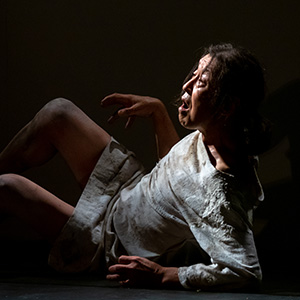
Bishop Yamada
Born in Tokyo, 1948. Began dancing in Tatsumi Hijikata’s performances in 1968. Formed the Butoh group Dairakudakan with Akaji Maro and others. In 1974 he left Dairakudakan, and put on the first and highly appraised Hoppo Butoh-ha performance Shiokubi at Butoh Juku Grand Camerio in Tsuruoka, Yamagata. In 1976 he moved to Otaru in Hokkaido and opened Theatre Uminekoya. In 1998 he choreographed Dark Wings for the Kyiv National Ballet dancers at the National Opera of Ukraine in Kiev, and then remade this performance in the same year at the Tokyo Metropolitan Theatre which was performed under the name The Door of Night for Odette. He established socomi in Kamifukuzawa, Yamanashi in 2017.
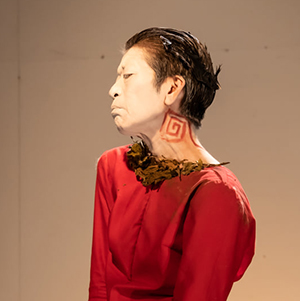 Photo by 小杉朋子
Photo by 小杉朋子
Bisha Otamaki
Studied under Bishop Yamada since 1977. She has since performed in all of Hoppo Butoh-ha's and Suzuranto's works.
○ Ryudai Takano RED & GREEN
Archiving the transient body
RED & GREEN began with a question. How would a photographer approach a video work, and how would they make use of the body in their work? This piece has been created in collaboration with the finest Butoh dancers alive today: Norihito Ishii, Kae Ishimoto, Teita Iwabuchi, Mitsuyo Uesugi, Saga Kobayashi, Yukio Suzuki, Semimaru, Yasuhiko Takeuchi, Kumotaro Mukai, and Daisuke Yoshimoto.
In this work, a scarlet light is cast upon a wall covered in phosphorescent paint, in front of which Butoh dancers stand and dance, repeating quiet, individual movements. With the flash of a strobe light, the outline of the Butoh dancers are fixed upon the phosphorescent wall, leaving their black shadows on the green phosphorescent wall, which linger for many minutes after the dancers depart.
A quiet video installation in which illusory bodies appear in the blink of red and green lights, creating an experience that feels like the moment in which a photograph is made, and asking the fundamental question of all dance archives: how do we archive the transient body?
Concept・Filming・Direction: Ryudai Takano
Curation: naoto iina
Performers: Norihito Ishii, Kae Ishimoto, Teita Iwabuchi, Mitsuyo Uesugi, Saga Kobayashi, Yukio Suzuki, Semimaru, Yasuhiko Takeuchi, Kumotaro Mukai, Daisuke Yoshimoto
Equipment provided by: Sony Marketing Inc.
Trailer

Ryudai Takano
Photographer. Born in 1963. In 2006 he won the Kimura Ihei Award for photography with IN MY ROOM, a collection that visualises the indistinct divisions between men and women, and homo and heterosexuals. With works such as How to Contact a Man, which explores the same themes in a pornographic format, and Kasubaba, which explores urban spaces particular to Japan, he continues to explore unorthodox themes through his photographs. His solo exhibition Daily Photographs 1999-2021 will be held at the National Museum of Art in Osaka this year, from 29 June to 23 September.
Butoh Dancers
 Photo by Yoshihide Nakazato
Photo by Yoshihide Nakazato
Norihito Ishii
Choreographer, Butoh dancer and Artistic Director of DEVIATE.CO. After performing in street dance and contemporary dance, in 2010 he joined the Butoh group Sankai Juku—who have performed in over 700 cities and 45 countries round the world, including over 75 cities in 27 countries where he has performed with them. In 2021, he choreographed CHAIN of INFINITY, which was directed by former ballet dancer Tamiyo Kusakari. He now works on presenting new sides of Butoh to great acclaim. http://norihitoishii.com/index.html
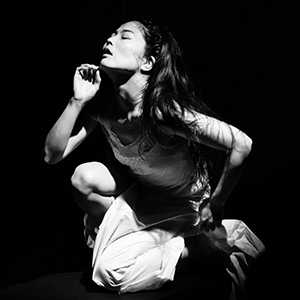 Photo by Sasha Drozd
Photo by Sasha Drozd
Kae Ishimoto
Born into a family of traditional Japanese dancers, Kae aspired to be a dancer from the age of 4. After meeting Butoh dancer Yuki Waguri in 2002, she became involved in all his works. She has also been a member of Un Yamada Co. since 2003. For the last 7 years she has been involved in POHRC, which aims to share and discuss Tatsumi Hijikata’s “Butoh-fu” in both Japanese and English, and has given lectures in 13 countries including Hong Kong, Bali and Mexico. She has performed in 21 countries, mainly across Asia and Europe, including her own solo performances. She is currently in charge of the Tatsumi Hijikata Archives at Keio University Art Center.
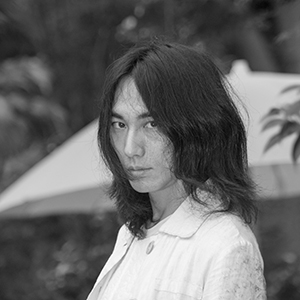 Photo by Sakiko Nomura
Photo by Sakiko Nomura
Teita Iwabuchi
Choreographer and dancer. Stemming from his research into Butoh, martial arts, biology and neuroscience, he has developed and creates works based on a form of expression he calls “reticulated body”. From 2007 to 2015 he performed in the late Ko Murobushi’s Butoh performances. He believes that Butoh can lead the world, and aims to innovate dance while reinterpreting it. He thinks of the organs of the body as the source of the spirit, and of beat, breath and voice as both its expression and as dance.
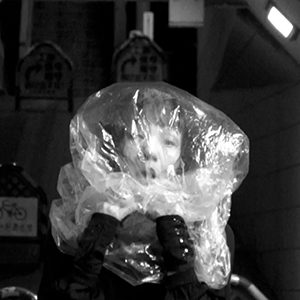 Photo by Makiko Takamatsu
Photo by Makiko Takamatsu
Mitsuyo Uesugi
Butoh dancer. Studied under Butoh dancer Kazuo Ohno from 1970. In 1975 she began creating works in very private spaces with her solo Butoh performance Guren-yakyoku. She has collaborated with theatre makers, French dancers and musicians. In 2020 she performed Labyrinth Legend, and took part in the ASIA TRI.Japan Special 2021 at Theater X in 2021. Won an award from the Dance Critics Society of Japan for Baby Melancholia—Dream of Six Nights in 2009.
 Photo by Tomoko Kosugi
Photo by Tomoko Kosugi
Saga Kobayashi
Born in Mie Prefecture in 1946. She was a part of Tatsumi Hijikata’s Hangi Daitokan from 1969 to 1975, and performed as one of the leads in all Hijikata’s works including Twenty-Seven Nights for the Four Seasons at Art Theatre Shinjuku Bunka and Shizukana Ie (Parts 1 & 2) at the Seibu Theater. She later formed Suisei Club (Comet Club). In 1983 she participated in the Japan Festival at the invitation of Tatsumi Hijikata, and toured six European countries. She began the Butoh AURA series in 1995, exploring the unconscious. In 1998 she formed Kobayashi Saga + NOSURI.
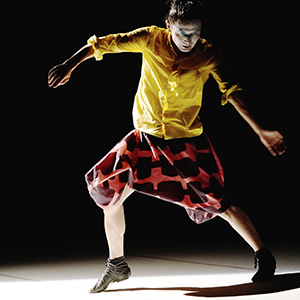 Photo by Daido Hiroyasu
Photo by Daido Hiroyasu
Yukio Suzuki
Choreographer, dancer and founder of YUKIO SUZUKI Projects. He has worked in over 40 cities around the world, attracting large audiences with his pliant, delicate and tenacious movements and dance. He has also co-produced with musicians, run workshops, worked as a model and in appeared in films. In 2008 he received the “Next Generation Choreographer Award” at the Toyota Choreography Awards, and was selected as one of 10 finalists for the “Danse Elargie” in Paris in 2012. www.suzu3.com/
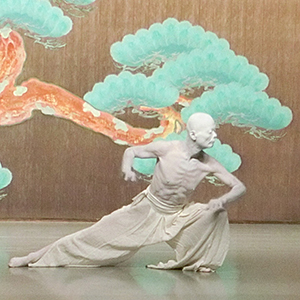
Semimaru
One of the founding members of Sankai Juku in 1975. He began working on solos in 1985 with Otogi-zoshi. In 1987 he started a summer intensive Butoh camp, which is held in different locations every year. His Choju-giga became the first Kokutoh-in performance at Tokiwaza in 1990. He set up a studio by Kurobe River in Toyama in 1999, where every summer he holds a Butoh camp and recital. Many of his works are created through sensing space and objects in a method he calls a “dialogue with the magnetic field”, and are performed outdoors or in public spaces.
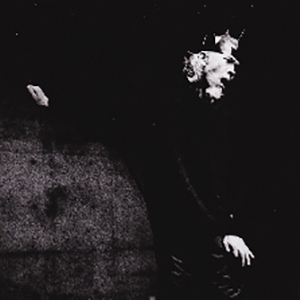
Yasuhiko Takeuchi
Saw Tatsumi Hijikata’s “Rebellion of the Body” in 1968. Performed his first solo Tandoku Shojo Butoh-kai in 1971 at Za Koenji (formerly Koenji Kaikan). Began studying until Kazuo Ohno in 1973. In 1992, he won an award at the 23rd Dance Critics Association Award in the same year as his teacher Kazuo Ohno, and started to put on more independent solo performances including Hikari to Yami no Kyoshitsu, Juryoku no Miyako, Sokei Gensun Ko and Pandora no Yanagi-gori. Invited to perform solos as part of numerous projects. In October 2011, on the 40th anniversary of his first solo performance, he performed Butoh yorino Shokan at Za Koenji. In 2021, for the 50th anniversary, he is to perform Suibisho (postponed due to Covid-19).
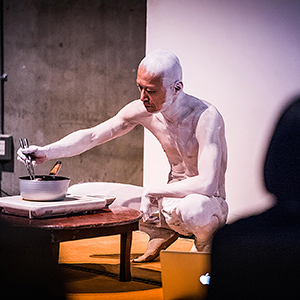 Photo by bozzo
Photo by bozzo
Kumotaro Mukai
Joined Dairakudakan in 1994 and studied under Akaji Maro. Went independent in 2012. In 2001, he began choreographing and directing his own works. He has so far created 20 works, which have been performed in 11 locations around Japan, and 11 locations across 5 countries overseas. In 2014 he founded the Butoh group Deux Shrines. 2013~2016 Saison Foundation Senior Fellow. Based in Kansai since 2018. He holds workshops exploring different approaches to the body both in Japan and around the world.
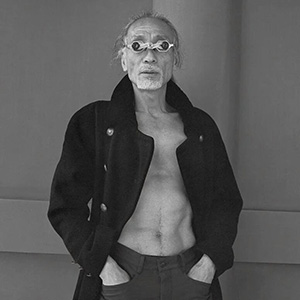 Photo by Hiroh Kikai
Photo by Hiroh Kikai
Daisuke Yoshimoto
Majored in performing arts at Nihon University College of Art. Began performing as a Butoh dancer in 1981 after working on Kazuo Ohno’s Admiring La Argentina and My Mother as stage manager. He founded the Butoh Company Tenku-Yoran in 2007 and continues his work energetically both in Japan and abroad. He has a particularly deep relationship with the Grotowski Institute in Wrocław, Poland, and has created opportunities for Butoh to spread its influence there.
○ naoto iina THREE
Three-sided pseudo hologram archive
This pseudo-hologram has been created by compiling the footage from the three videos, taken from the front, right and left. By putting together images that show the dancer’s centre of gravity and placement of the feet from three different angles, this “hologram” enables a more detailed archive of movement.
Direction: naoto iina
Performers: Takao Kawaguchi, Mikiko Kawamura, Dai Matsuoka
Film Production: Naohiro Yoshida, Eri Kawamura, naoto iina
Trailer

naoto iina
Videographer, director, dramaturg, visual scenographer and producer. Iina is the founder of Dance and Media Japan and International Dance Film Festival. He is also an Associate professor at Tokyo Zokei University and lecturer at Za Koenji Theatre Academy. Recently he has been working on cross-genre works with video, dance and text. He is in charge of direction, composition, filming and editing of the online Butoh program "Re-Butoooh" (NPO Dance Archive Network).
○ Yo Ishihara Butoh Incidents—Illustrated Ceiling
Archiving Butoh as a series of incidents
Illustrations: Yo Ishihara
Curation: naoto iina
Trailer
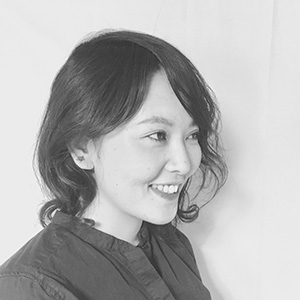
Yo Ishihara
Artist. Born in 1988. Completed a PhD in Art and Design from the Tohoku University of Art and Design in 2020. Her paintings explore the invisible boundaries and unconscious filters between “them” and “us”, and “you” and “me”. Among numerous exhibitions, her recent activities include a solo exhibition Who, which was held online in May and in real life in August 2020 at the Seizan Gallery. She also creates works as part of a collective.


